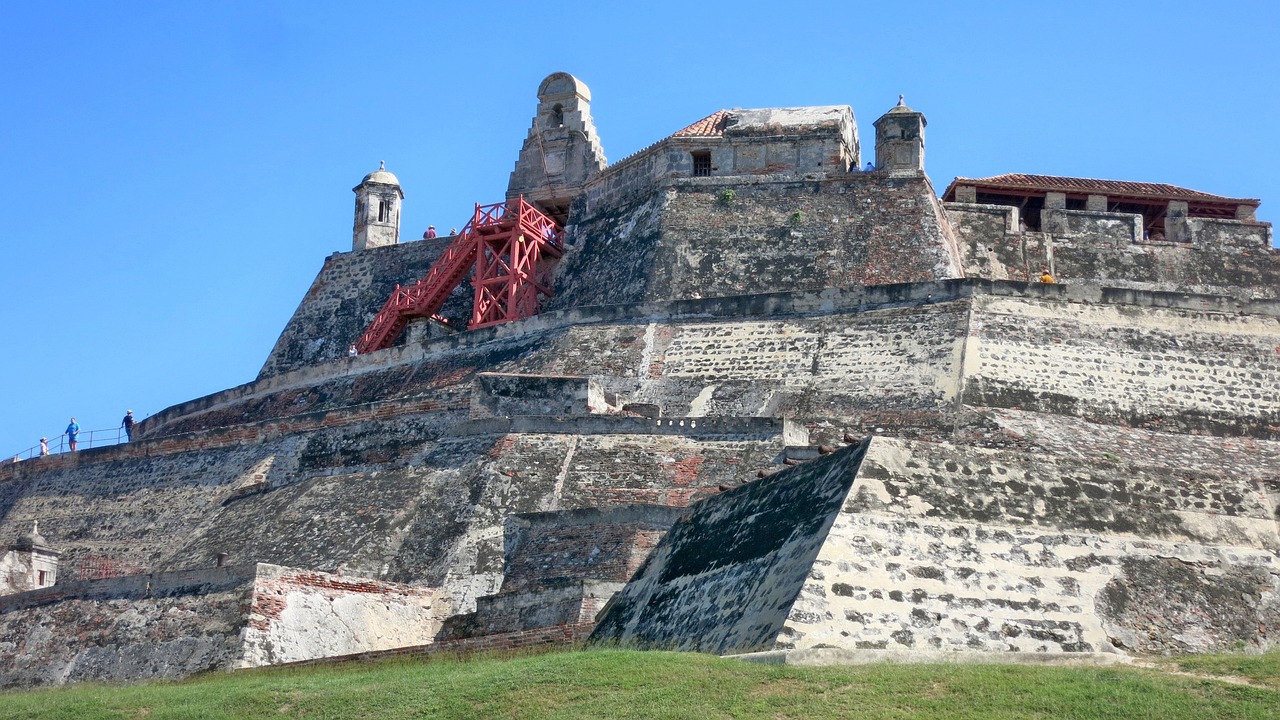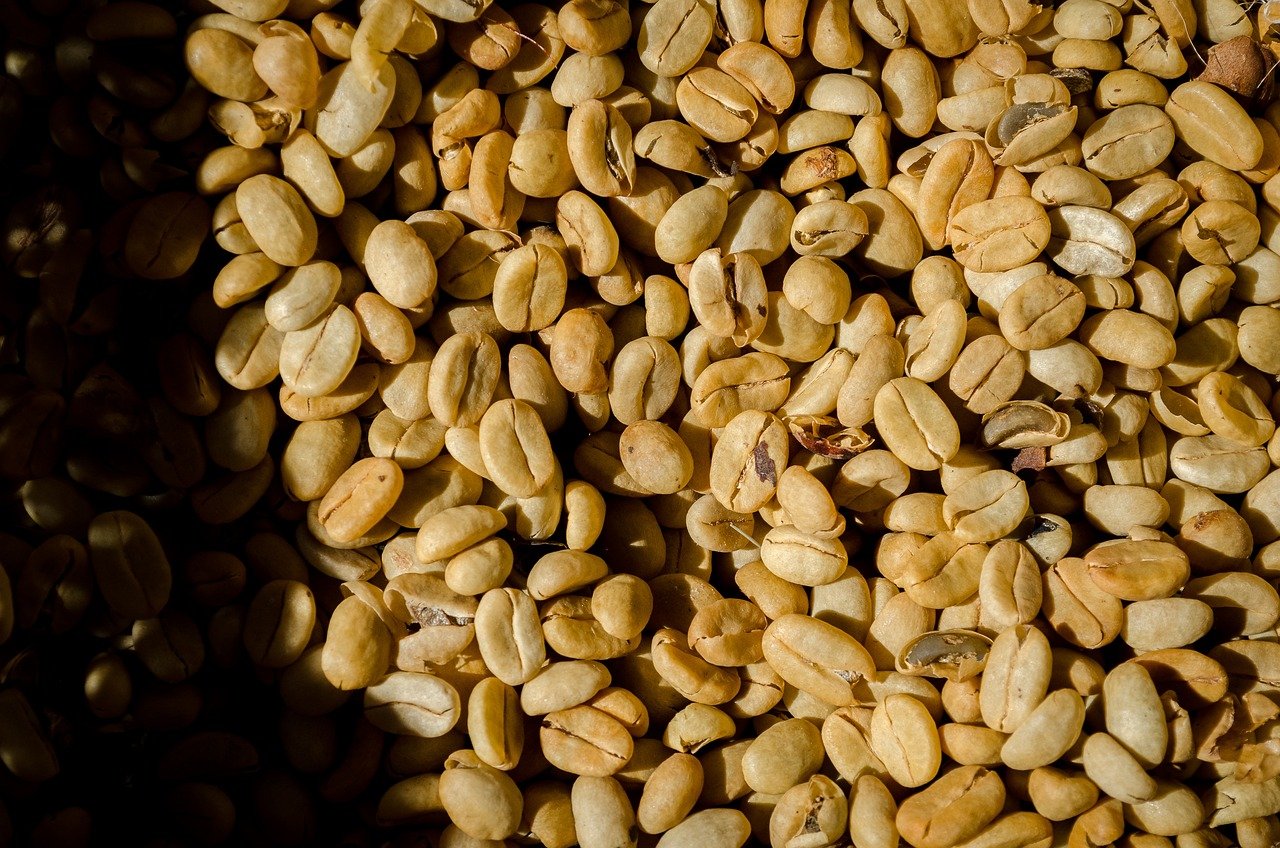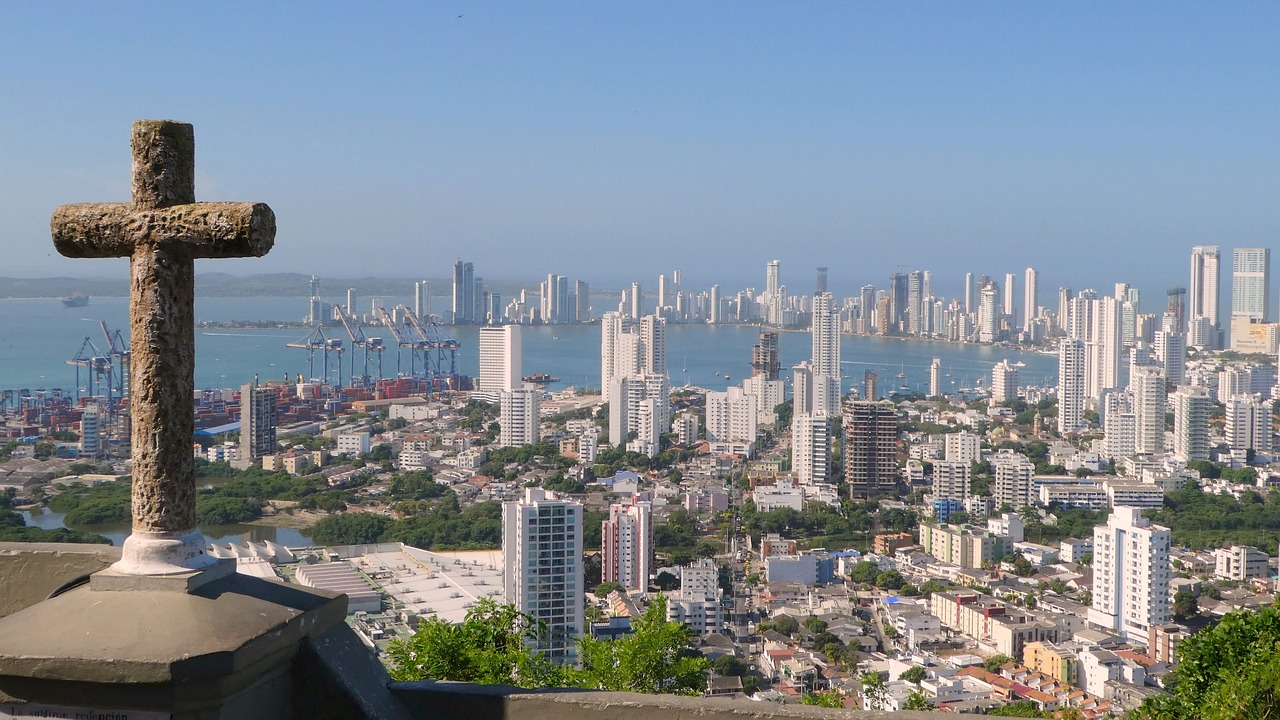Colombia Video
Local Celebrations and Holidays: What to Expect in Colombia
Colombia is a vibrant and diverse country located in South America. It is known for its rich cultural heritage and lively celebrations. Throughout the year, Colombians come together to commemorate various festivals and holidays that showcase their traditions, music, dance, and cuisine. In this article, we will explore some of the most prominent local celebrations and holidays in Colombia and what you can expect when participating in these festive events.
Carnaval de Barranquilla
Carnaval de Barranquilla is one of the largest and most colorful carnivals in the world. It takes place in Barranquilla, a city located on the northern coast of Colombia. This vibrant celebration lasts for four days and is held before the start of Lent. The carnival features parades, music, dance, and traditional costumes known as “cumbiamberas” and “marimondas.” The streets come alive with the sounds of salsa, cumbia, and vallenato music, and locals and tourists alike join in the festivities.
- Parades: The main attraction of Carnaval de Barranquilla is the spectacular parades that showcase the cultural diversity of the region. There are different parades dedicated to specific themes, such as the Battle of the Flowers Parade and the Great Parade of Tradition.
- Music and Dance: Traditional Colombian music genres like cumbia and vallenato are performed throughout the carnival. Locals and visitors can dance the night away to the infectious rhythms of these lively tunes.
- Costumes: The carnival is known for its elaborate costumes that reflect the cultural heritage of the region. Participants dress up in colorful outfits adorned with feathers, sequins, and traditional accessories.
- Food: During Carnaval de Barranquilla, you can indulge in a variety of delicious Colombian dishes, including arepas, empanadas, and sancocho. Street vendors line the streets, offering a wide array of traditional snacks and treats.
Feria de Cali
Feria de Cali is an annual celebration held in Cali, the salsa capital of Colombia. This week-long event takes place in December and is dedicated to showcasing the vibrant salsa culture of the city. The festival attracts both national and international salsa enthusiasts who gather to enjoy dance performances, music concerts, and competitions.
- Dance Performances: Feria de Cali is renowned for its impressive dance performances. Professional salsa dancers from all over the world come to Cali to showcase their skills and compete in various categories.
- Music Concerts: The festival features live music concerts by renowned salsa artists. From traditional salsa to modern interpretations, there is something for every salsa lover.
- Salsa Competitions: One of the highlights of Feria de Cali is the salsa competitions. Dancers of all levels participate, showcasing their talent and passion for this popular dance form.
- Street Parties: Throughout the festival, the streets of Cali come alive with spontaneous salsa parties. Locals and visitors dance in the streets, creating a festive and energetic atmosphere.
Festival de la Leyenda Vallenata
The Festival de la Leyenda Vallenata is an annual music festival that celebrates vallenato, a traditional Colombian music genre. This festival takes place in Valledupar, the birthplace of vallenato, and attracts musicians, singers, and fans from all over the country.
- Music Competitions: The festival hosts various music competitions, including the prestigious Vallenato Legend Festival. Musicians compete in categories such as accordion, caja vallenata (drum), guacharaca (percussion instrument), and voice.
- Concerts: Festival de la Leyenda Vallenata features concerts by renowned vallenato artists. These concerts showcase the diversity and talent within the genre.
- Cultural Exhibitions: Visitors can explore cultural exhibitions that highlight the history, instruments, and traditions of vallenato music. It is an opportunity to learn about the roots of this beloved Colombian music style.
- Street Performances: Throughout the festival, the streets of Valledupar come alive with impromptu vallenato performances. Musicians gather on street corners, parks, and plazas, filling the air with the soulful sounds of vallenato.
Holy Week in Popayán
Popayán, a colonial city located in southwestern Colombia, is renowned for its elaborate Holy Week celebrations. This religious event attracts thousands of tourists who come to witness the impressive processions and reenactments.
- Processions: Holy Week in Popayán is marked by solemn processions that depict the Passion of Christ. Participants dressed in traditional robes carry religious statues through the streets of the city.
- Religious Reenactments: The streets of Popayán become the stage for reenactments of biblical scenes, including the Last Supper, the Crucifixion, and the Resurrection. These reenactments are performed with great devotion and attention to detail.
- Traditional Cuisine: During Holy Week, you can savor traditional Colombian dishes that are specially prepared for this religious occasion. Empanadas de pipián, a typical dish made from ground peanuts, is a local favorite.
- Religious Art: Popayán is home to numerous churches and religious museums that house exquisite religious art. Visitors can explore these cultural attractions and admire the craftsmanship of the religious artifacts.
Colombia Image 1:

Independence Day
Colombia celebrates its Independence Day on July 20th, commemorating the day the country gained independence from Spanish rule in 1810. This national holiday is marked by patriotic parades, concerts, and fireworks displays across the country.
- Patriotic Parades: Independence Day parades take place in major cities, with participants dressed in traditional Colombian attire. The parades showcase Colombian culture, history, and achievements.
- Concerts and Cultural Events: Throughout the day, concerts and cultural events are held in public squares and parks. These events feature live music performances, dancing, and exhibitions that celebrate Colombian heritage.
- Fireworks Displays: As night falls, vibrant fireworks displays light up the sky in celebration of Independence Day. Families and friends gather to watch the colorful spectacle and enjoy the festive atmosphere.
Christmas
Christmas is a significant and widely celebrated holiday in Colombia. The festive season starts in early December and continues until the end of January, encompassing various traditions and customs.
- Novena: Colombians celebrate the nine days leading up to Christmas with novenas, religious gatherings where families and friends come together to pray, sing carols, and share food.
- Christmas Lights: Cities and towns across Colombia are adorned with dazzling Christmas lights and decorations. The most famous displays can be found in Medellín and Bogotá.
- Fireworks and Firecrackers: On Christmas Eve, Colombians celebrate with fireworks and firecrackers at midnight. It is a tradition to welcome Christmas with a colorful and noisy display.
- Traditional Food: Christmas in Colombia is synonymous with delicious traditional food. Families gather to enjoy dishes like lechona (roast pig), tamales, and buñuelos (fried dough balls).
Colombia Image 2:

Carnaval de Negros y Blancos
Carnaval de Negros y Blancos is a unique carnival celebrated in Pasto, a city in southwestern Colombia. This carnival is known for its distinctive black and white theme, symbolizing the blending of different ethnic groups in the region.
- Black Day: On the first day of the carnival, participants paint their faces black and wear black clothing. This represents the indigenous and Afro-Colombian heritage of the region.
- White Day: The second day of the carnival is dedicated to wearing white attire. Participants paint their faces white and cover themselves in talcum powder, symbolizing peace and unity.
- Parades and Floats: The carnival features elaborate parades with colorful floats, traditional music, and dance performances. The streets of Pasto come alive with the vibrant energy of the celebrations.
- Water and Foam Battles: A playful tradition during Carnaval de Negros y Blancos is the water and foam battles that take place on the streets. People engage in friendly fights, drenching each other with water and spraying foam.
Easter
Easter, known as Semana Santa in Colombia, is a religious holiday that commemorates the crucifixion and resurrection of Jesus Christ. It is a time of reflection and devotion for Colombians.
- Religious Processions: Throughout the week leading up to Easter Sunday, religious processions take place in cities and towns across Colombia. Participants carry statues and crosses, reenacting the events of Jesus’ final days.
- Church Services: Colombians attend church services, particularly on Good Friday, to observe the Stations of the Cross and participate in special Masses dedicated to the Passion of Christ.
- Traditional Foods: Colombians have specific traditional foods associated with Easter, such as fish dishes, empanadas de vigilia (empanadas filled with fish or vegetables), and torrejas (sweet fritters).
- Quiet Reflection: Easter is a time for quiet reflection and prayer. Many Colombians spend this holiday with their families, engaging in religious activities and enjoying quality time together.
Colombia Image 3:

References:
- Barranquilla Carnival: barranquillacarnival.co
- Feria de Cali: feriadecali.com
- Festival de la Leyenda Vallenata: festivalvallenato.com
- Popayán Holy Week: semana-santa.org
- Colombian Independence Day: colombia.travel
- Christmas in Colombia: colombia.travel
- Carnaval de Negros y Blancos: carnavaldepasto.org
- Easter in Colombia: colombia.travel


